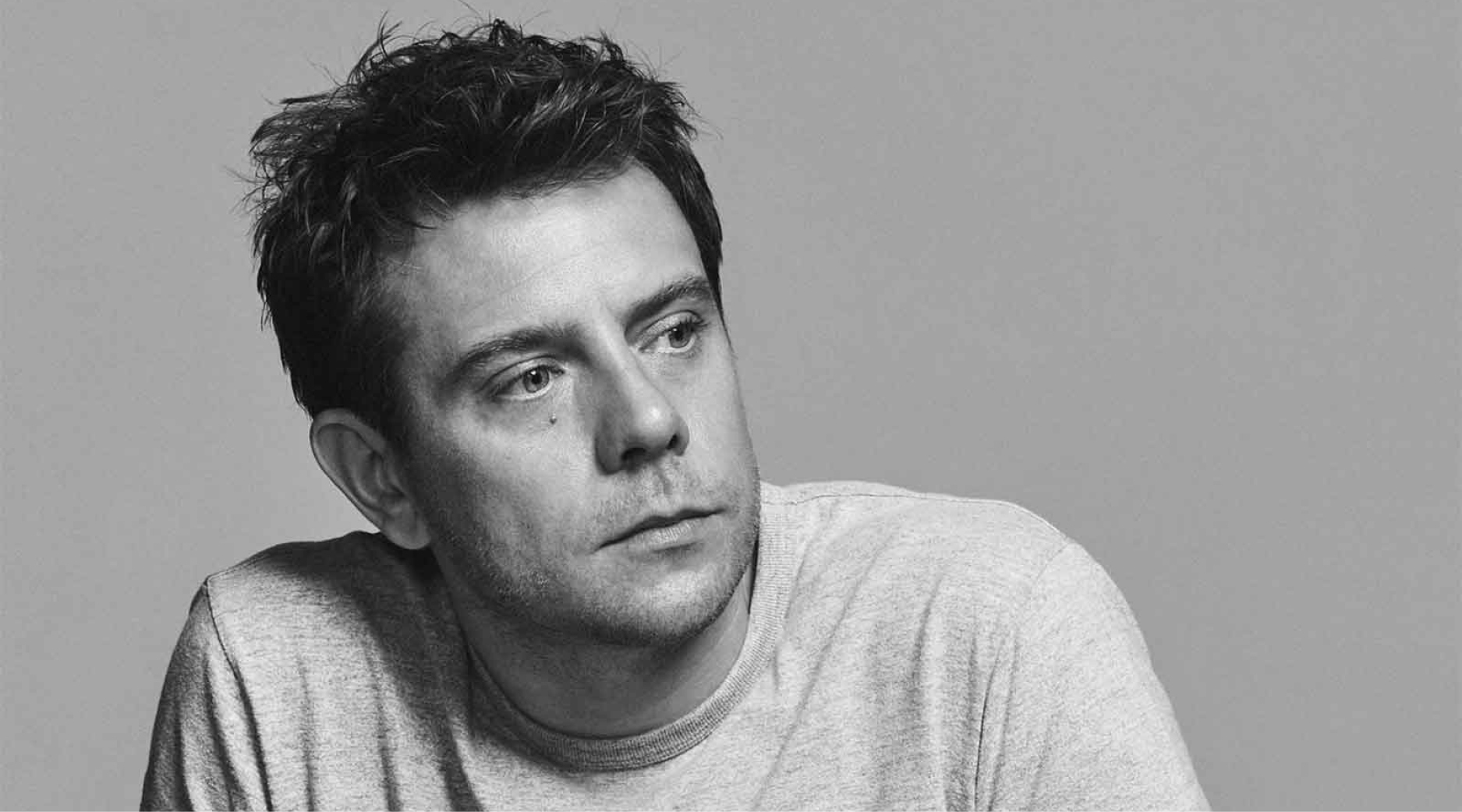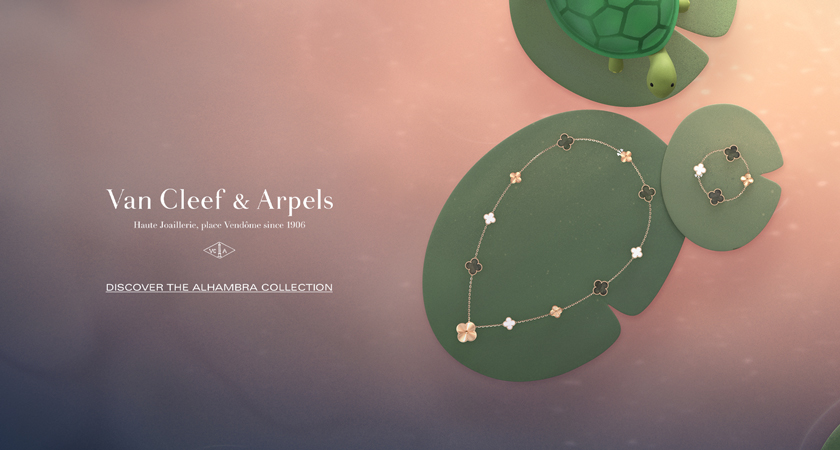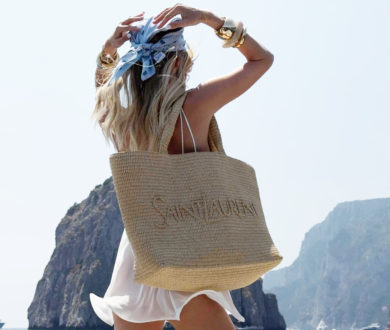Initially regarded as an ‘outsider’ (by fashion-industry standards), designer Jonathan Anderson is something of an anomaly in his field. But it’s exactly this thinking that has ignited the visibility of Loewe under his creative leadership. Through his thought-provoking, artistic and creatively-layered collections, Anderson demonstrates an uncanny ability to effortlessly tap into the mood of the moment, with prominent fashion commentators exalting him as a designer at the height of his powers. In fact, where Anderson really shines is in the way that he can speak to the prevailing culture while still creating objectively beautiful but unexpected clothes. Clothes that feel urgent, exciting and memorable. That he can engage with ideas like surrealism while still ensuring his collections never feel overtly cartoonish or gratuitous is a testament to his particular perspective — but to understand that, we have to go back to the beginning.
Jonathan William Anderson was born into a middle-class family in Northern Ireland, his father a professional rugby player, his mother an English teacher. With his parents supportive of him finding a career he loved, Anderson spent time pursuing acting in America before returning home and eventually taking up a sales job in the men’s section of Dublin department store, Brown Thomas. It was this seemingly innocuous role that sparked in the young creative a passion for design, as he realised the visceral effect that something as simple as wearing a good suit could have on how he felt about himself. And, having sent his (sparse) portfolio to a raft of respected fashion colleges — including Central Saint Martins — he eventually found himself in a pilot course for menswear at the London College of Fashion. It wasn’t exactly what he expected. “I don’t think I learned anything there,” Anderson told The Cut earlier this year about his time at LCF. “I think I learned how to make a shirt.”
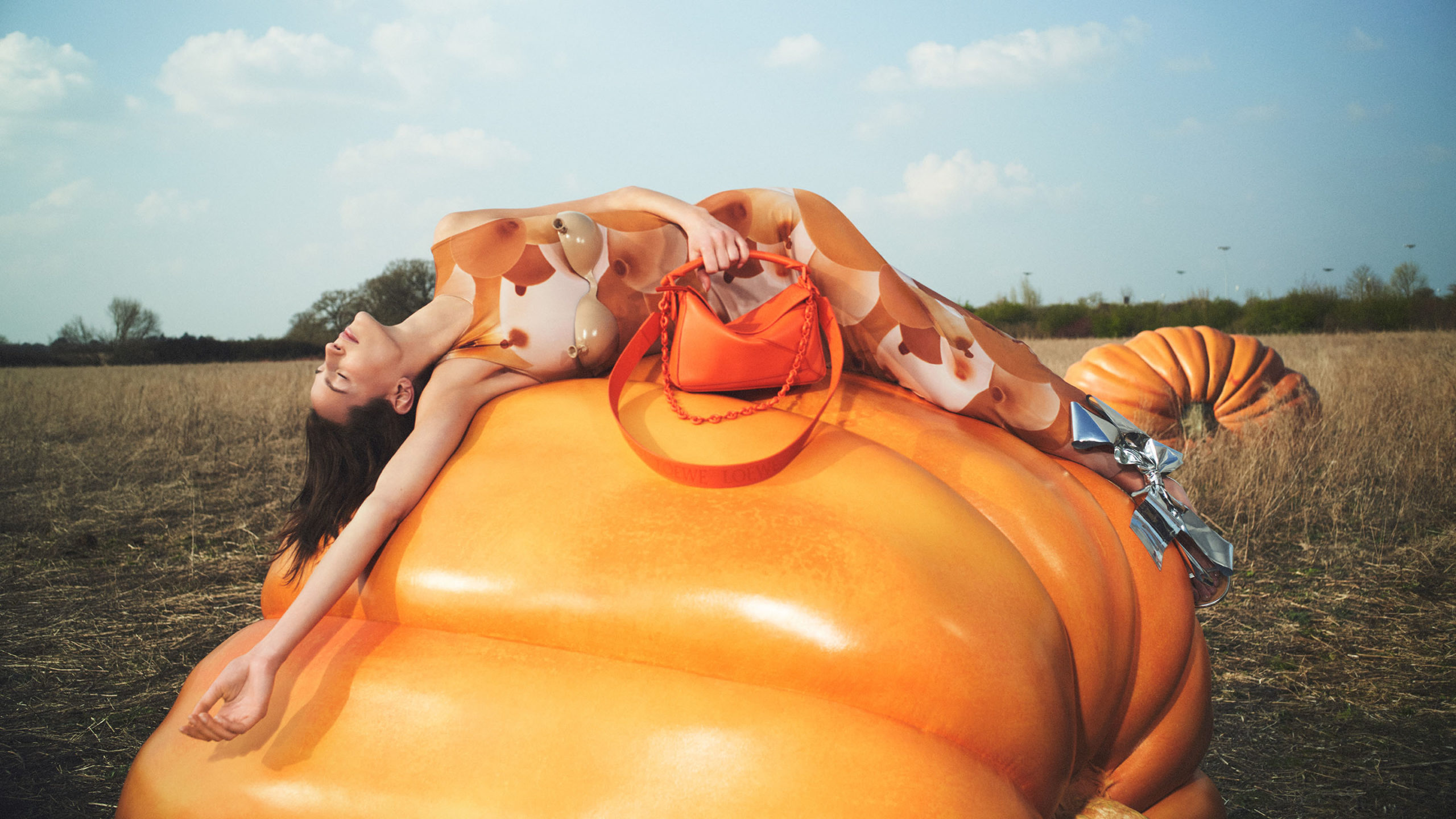
At the time (the early noughties), menswear was so insignificant that it didn’t even have its own place on the global fashion week circuit, and in the industry at large, those who had found success were generally womenswear designers and Central Saint Martins alumni like John Galliano and Alexander McQueen. For Anderson, this sense of being an outsider materialised as a determination to succeed in the face of a system that wasn’t inherently designed to support him in that pursuit — and while it didn’t earn him many friends initially, it certainly laid the foundations for his future.
In many ways, Anderson was an early proponent of the modern ‘Creative Director’ as we understand it today. Not a designer who cuts and drapes, or produces patterns, or stitches with his own hand; Anderson has always been driven by concepts, mining unique ideas from his passion for culture and craftsmanship and presenting them to his design team or his longtime collaborator Benjamin Bruno in raw, esoteric form. In 2008, Anderson launched J.W. Anderson with a collection of androgynous menswear — think sheer shorts, billowing shirts and large chunky necklaces — that transcended gender norms in a way that had never been done before. (Despite being dismissed by the industry at the time, it is now considered a pioneering collection.) A few years later, he added womenswear to his eponymous brand’s offering, and a few years after that, in 2013 (off the back of a high-profile collaboration with Topshop), LVMH bought a stake in the company and named Anderson the Creative Director of its floundering heritage label, Loewe — the designer was then only 29 years old.
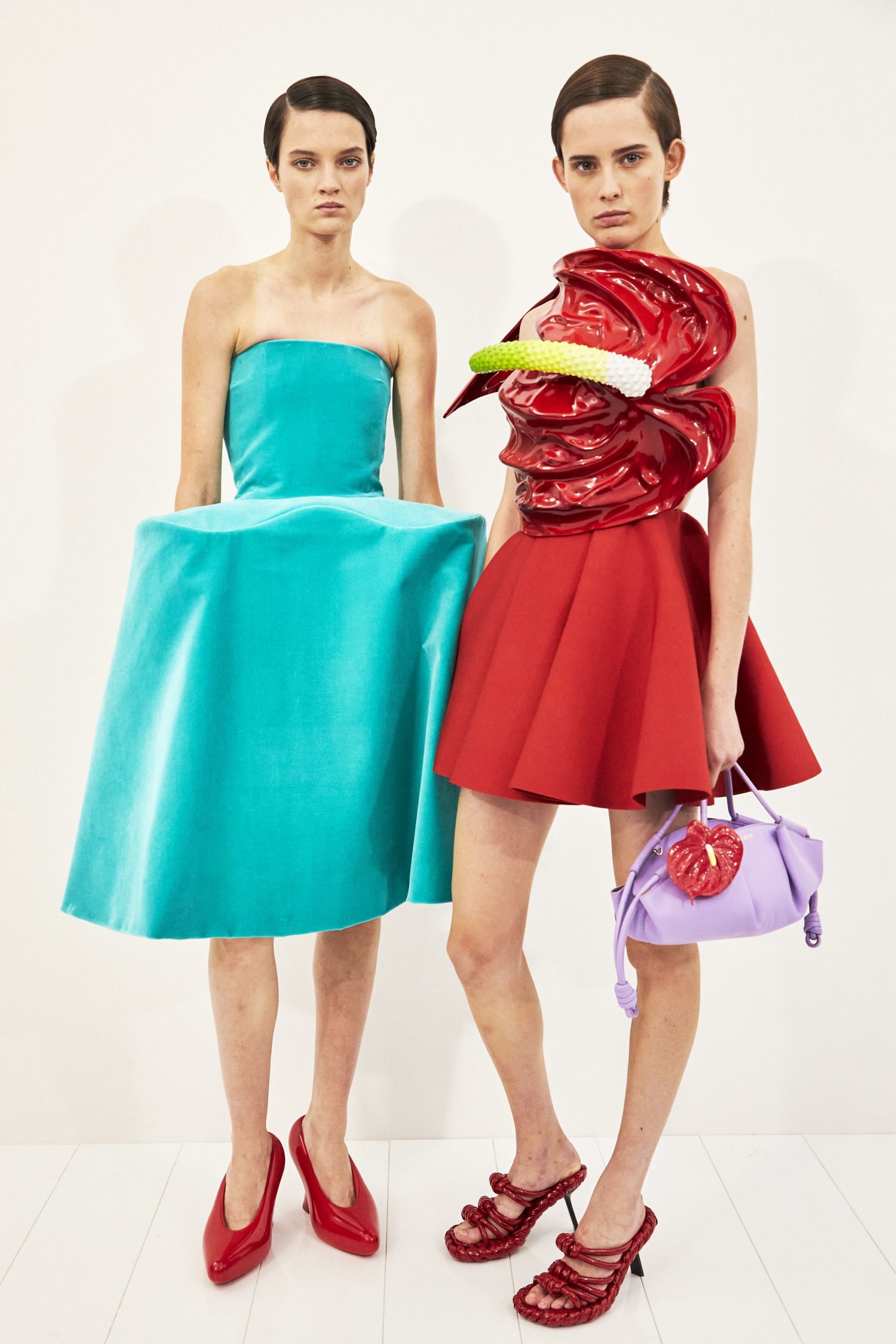
Now, after nearly a decade at Loewe, Anderson has not only revived the historic Spanish house but has made it one of the most fascinating brands in fashion today. The collections coming out of Loewe possess, as Nancy Hass wrote for The New York Times in 2019, “both a couture level of craftsmanship and a distinctively raw, handmade energy,” and each has propelled the brand’s growth significantly — as much in cultural influence as in commercial prowess. It now brings in around a billion dollars of sales globally, per year.
In transforming what was largely considered a ‘dormant vessel’ into a name that remains perpetually at the forefront of one of the world’s most fickle industries, Anderson has grappled with the tradition of heritage-based craftsmanship to unite art and design and champion creativity. His approach with Loewe has been almost reductive, built on returning to basic elements which, in the context of fashion, has manifested as an obsession with craft. It is this focus on textiles, construction, innovative production methods and the marriage of handmade details with forward-looking ideas that has set Loewe very much apart from its rivals, and has made each of Anderson’s collections for the house so genuinely interesting. As he said recently to The Cut, “sometimes fashion is not about selling: it’s about introducing ideas.”
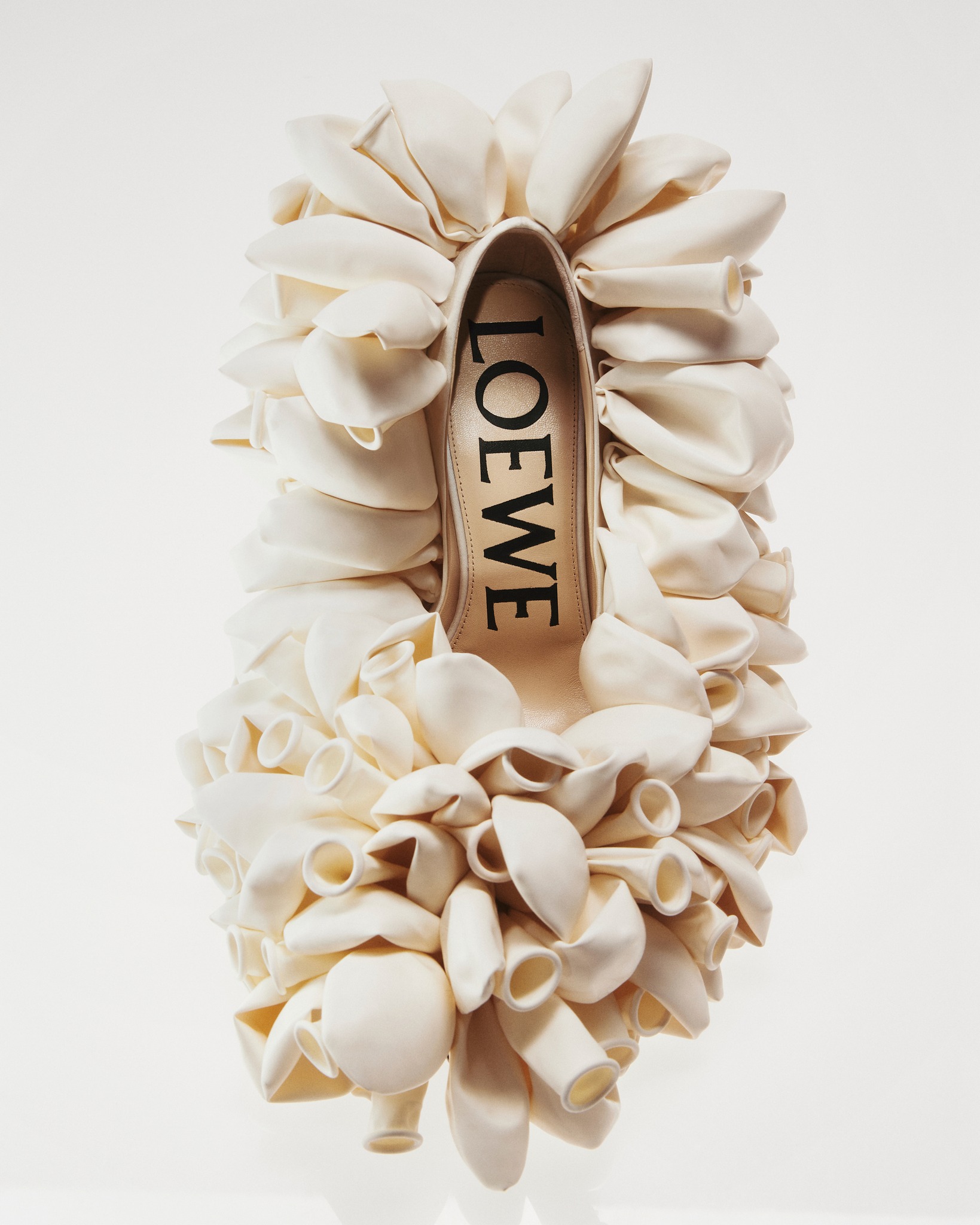
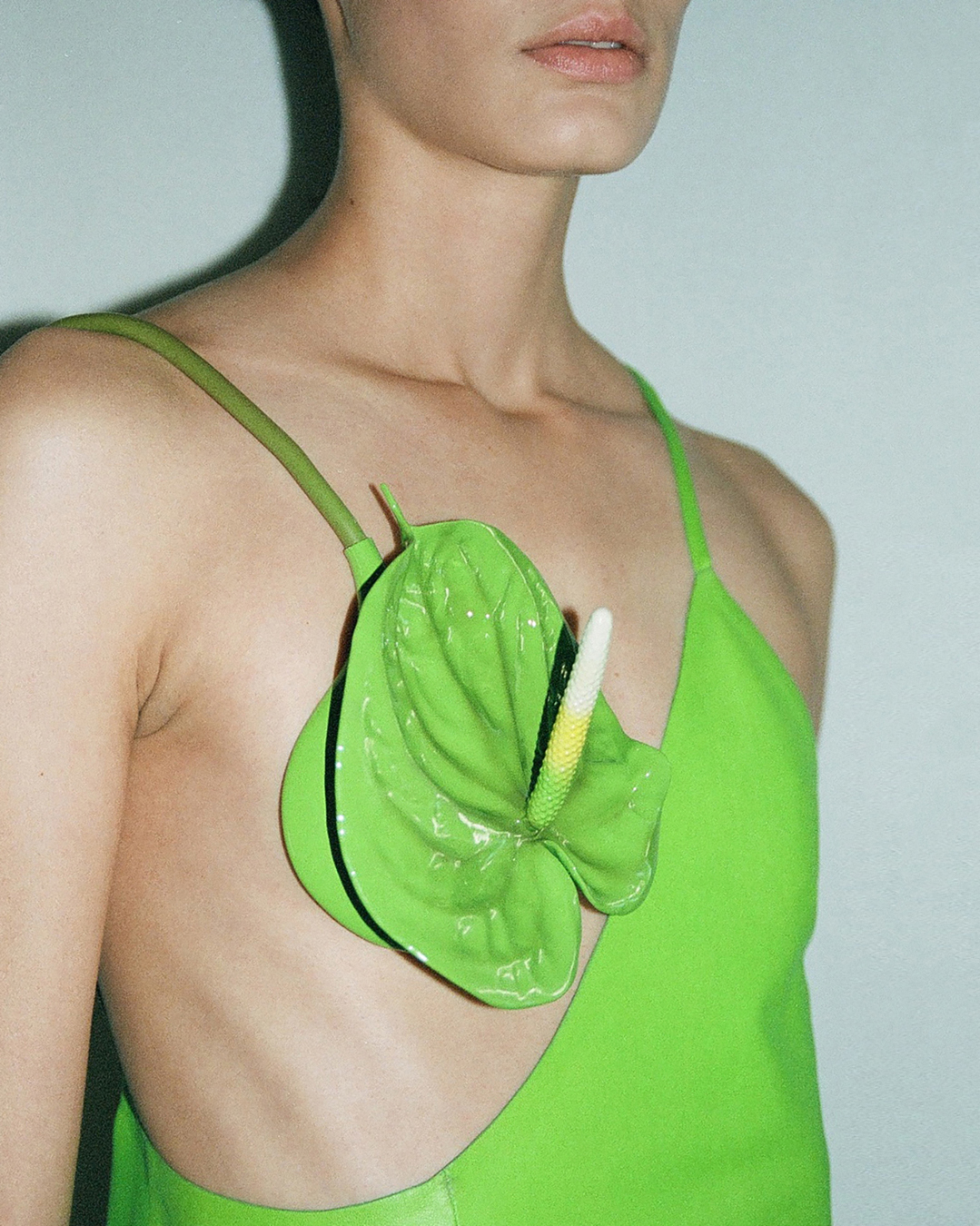
That said, Anderson’s competitive nature and broad perspective has afforded him (even at his young age) an understanding of how to achieve longevity in this business — a skill that some of the most lauded fashion designers still struggle to master. “No designer today can be completely detached from the realities of business,” Anderson said to The New York Times a few years ago. “It’s about surviving, or staying around long enough to say all the things you want to say.”
So what is Anderson trying to say now? Anyone who saw Loewe’s groundbreaking Spring 2022 runway show will have noted an unmistakable shift in the designer’s approach. A move propelled by a desire to do things differently after Covid, Anderson created a collection inspired by surrealism in which a new focus on the body saw breastplates wrought in metal, exaggerated silhouettes and leather moulded to look like silk. And who could have missed the high heels fashioned after nail polish, broken eggs, birthday candles and short-stemmed roses? It was artistic and impactful and brazen — like funhouse mirror reflections given three-dimensional form — and something that commentators like Suzy Menkes called “a shockwave of body shapes not seen since Comme des Garçons made fashion history 25 years ago,” and Vogue’s Sarah Mower called a “massive creative change,” praising Anderson for echoing our surreal times on the runway. Miles Socha wrote for WWD that watching the show felt “akin to strolling through a contemporary art fair — your eyes and brain tickled with new forms, concepts and compositions,” while Anderson himself said, “I feel like the idea of doing a show now is… a surrealist act,” going on to clarify that “now is a moment to try to chart new territory of where we can go, how craft can be reinterpreted.”
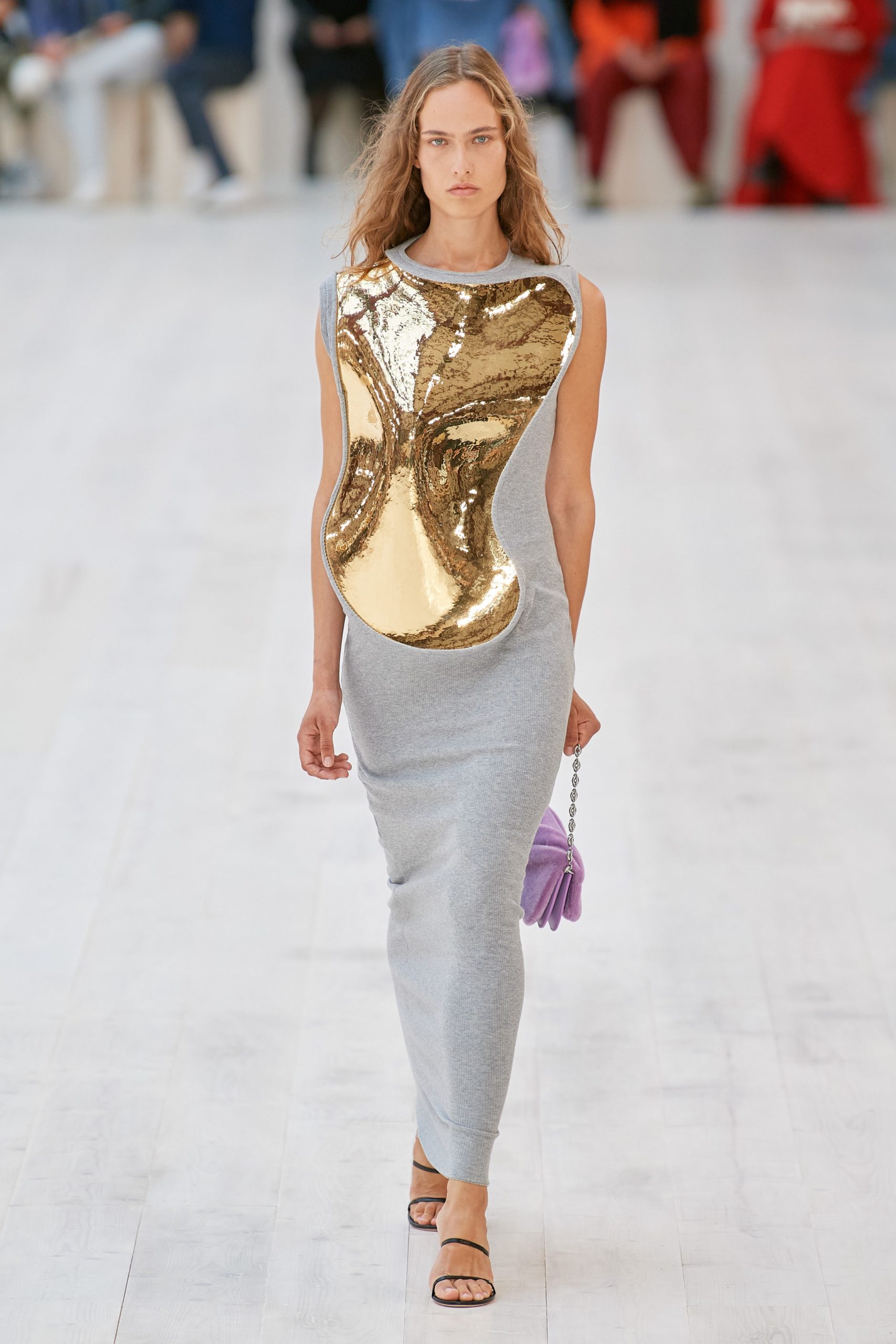

These ideas were also present in his recent unveiling of Loewe’s Spring 2023 collection in Paris, in which the designer delved into the concept of artifice, tackling the dichotomy of ‘real’ and ‘fake’ to comment on our inability to discern what is counterfeit anymore (and asking whether that actually matters). The runway was staged around a huge anthurium sculpture — with the same floral motif running through the collection as sculptural bodices and head-turning heels. It was a continuation of the surrealist story that Anderson started in Spring 2022, and an evolution of the themes that were keeping those in the fashion world so captivated. Balloon detailing, for instance, prominent in Loewe’s Fall 2022 collection was referenced here as shoes fashioned from bunches of deflated balloons. Similarly, the focus on female form continued via uber-mini dresses, modern pannier silhouettes and striking metal corsetry. Part of what makes Anderson’s recent work so compelling is the way in which he remains in constant conversation with himself — indicative of his thoughtful, meticulous approach and refusal to let his designs ebb and flow with the tides of prevailing trends. And while there is an undeniable beauty to his creations, there is also something sinister that underlies them — be it a comment on the dangers of the virtual world or a note on climate change. Here, bold ideas are presented with bluntness, designed to shock the onlooker, instigate a paradigm shift and deliver the kind of intrigue and relevance that luxury fashion can sometimes lack. As Anderson himself has said of his collections, “there always has to be something for me that is slightly knife-edge… an uncomfortableness.”
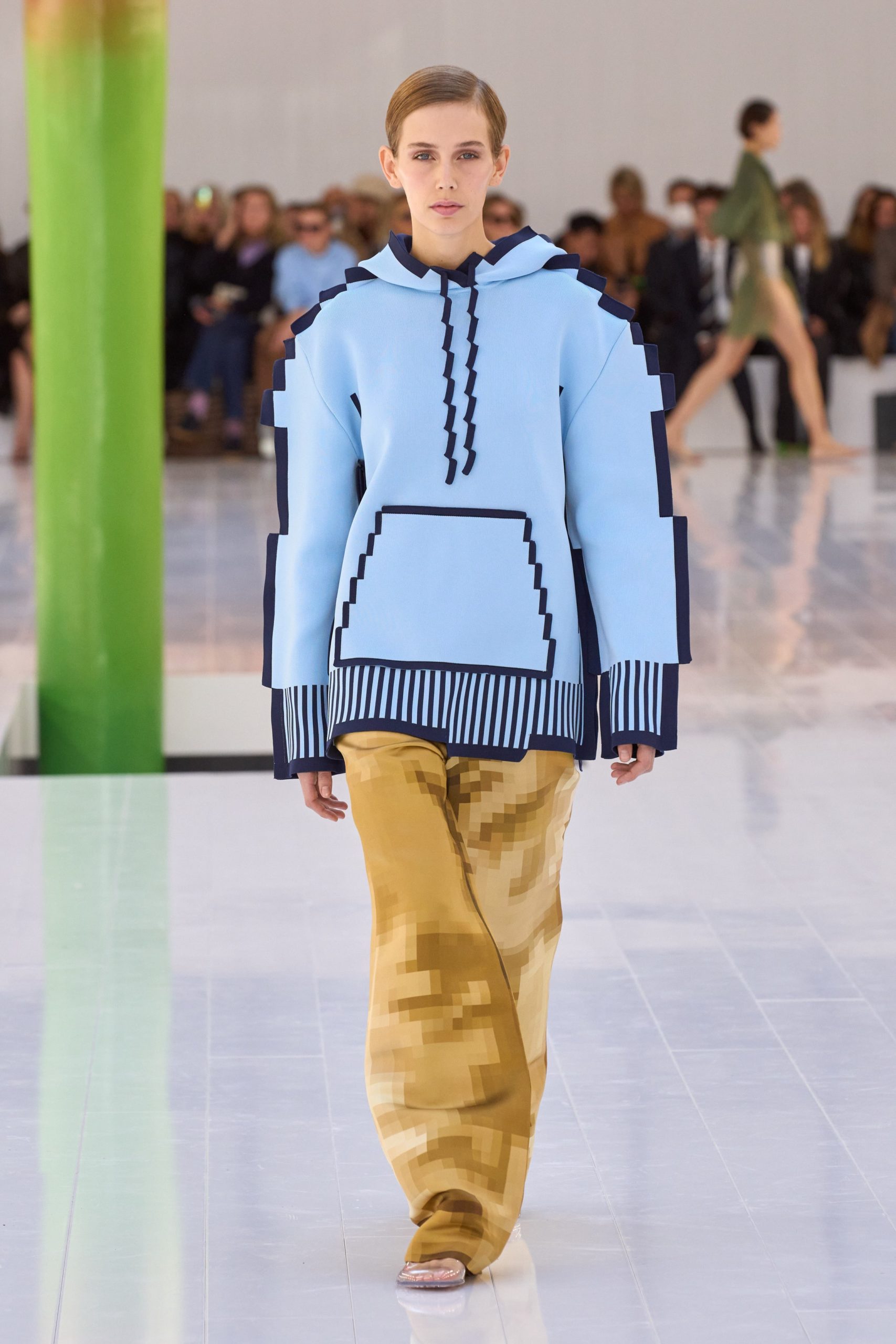

Indeed, there is a provocation and analytic intelligence to Anderson’s work, both at his eponymous label (J.W. Anderson) and at Loewe, that connects his clothes to something more significant than fashion alone. Even if you don’t buy into his surrealist vision, you cannot deny the important conversations his collections are inciting within the industry and beyond.
In a world where the idea of luxury has generally been whittled down to simple cuts in sumptuous fabrics and a focus on transeasonal, versatile pieces (blame the pandemic), there is something exciting and daring about a designer who continues to push boundaries — like the fashion vanguards of old. And from Loewe’s continuing success, the market clearly agrees. Writing for Harper’s Bazaar earlier this year, Rachel Tashjian said, “whether you like what Jonathan Anderson is doing at Loewe or not, it’s probably the most important thing happening in luxury fashion right now.”

